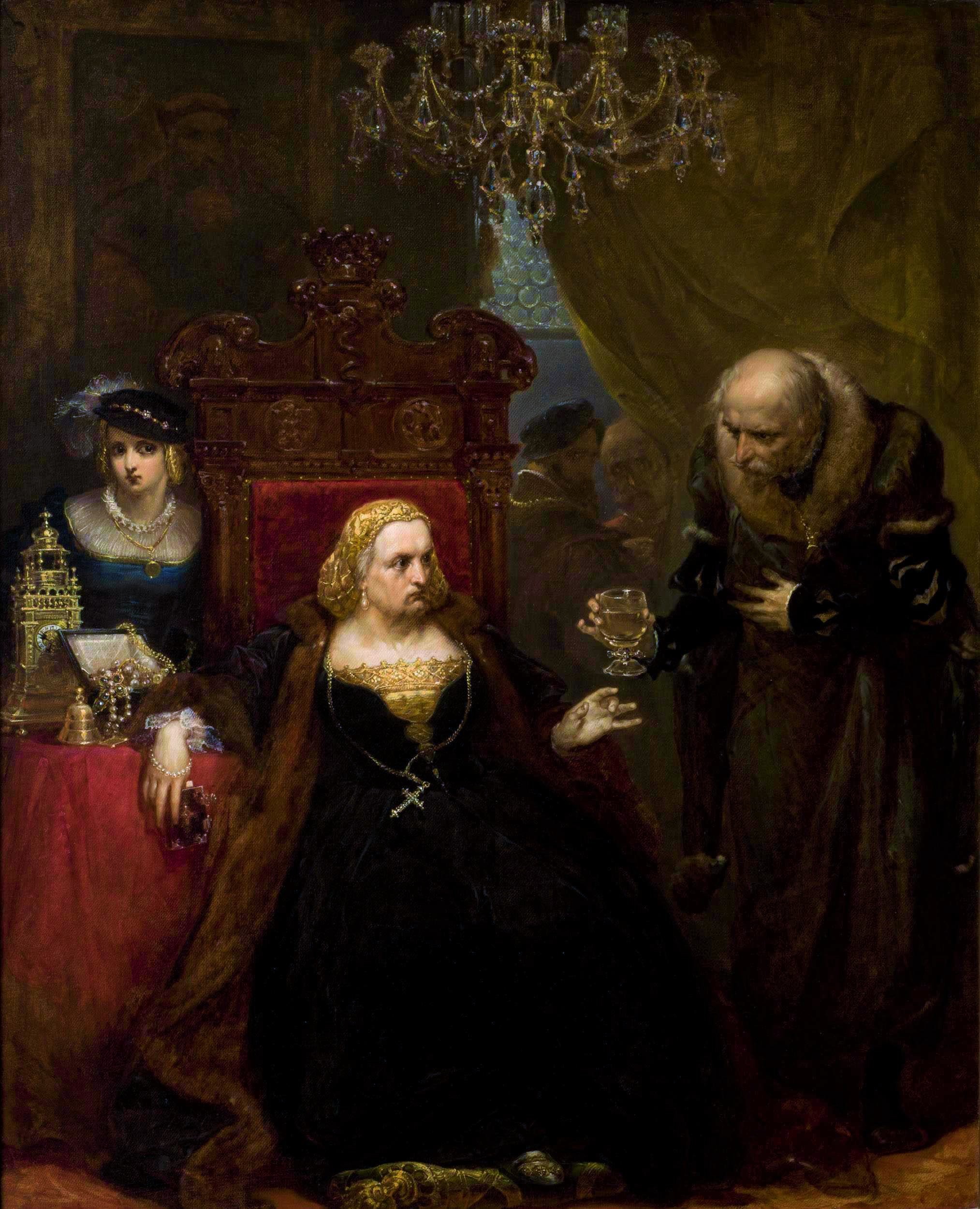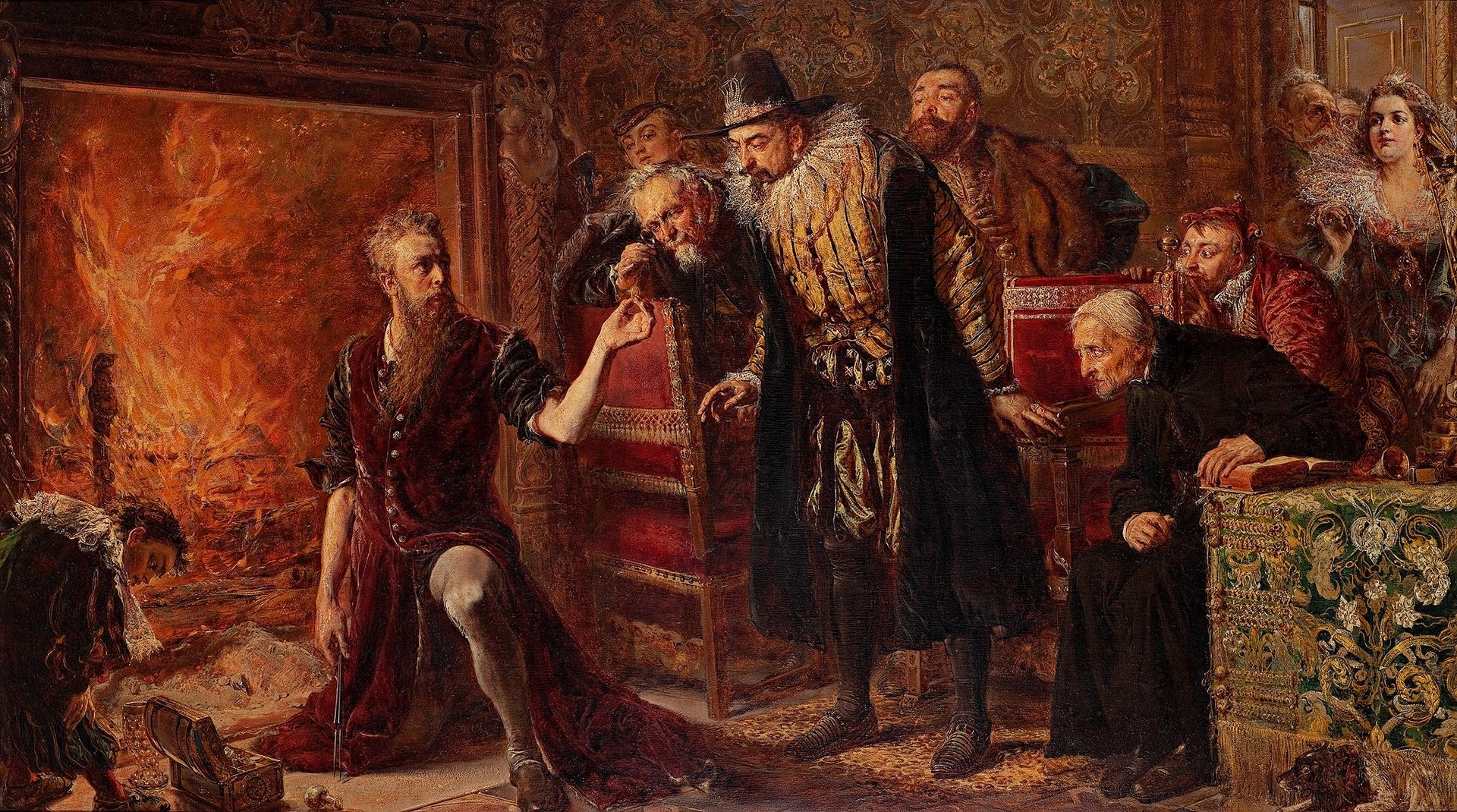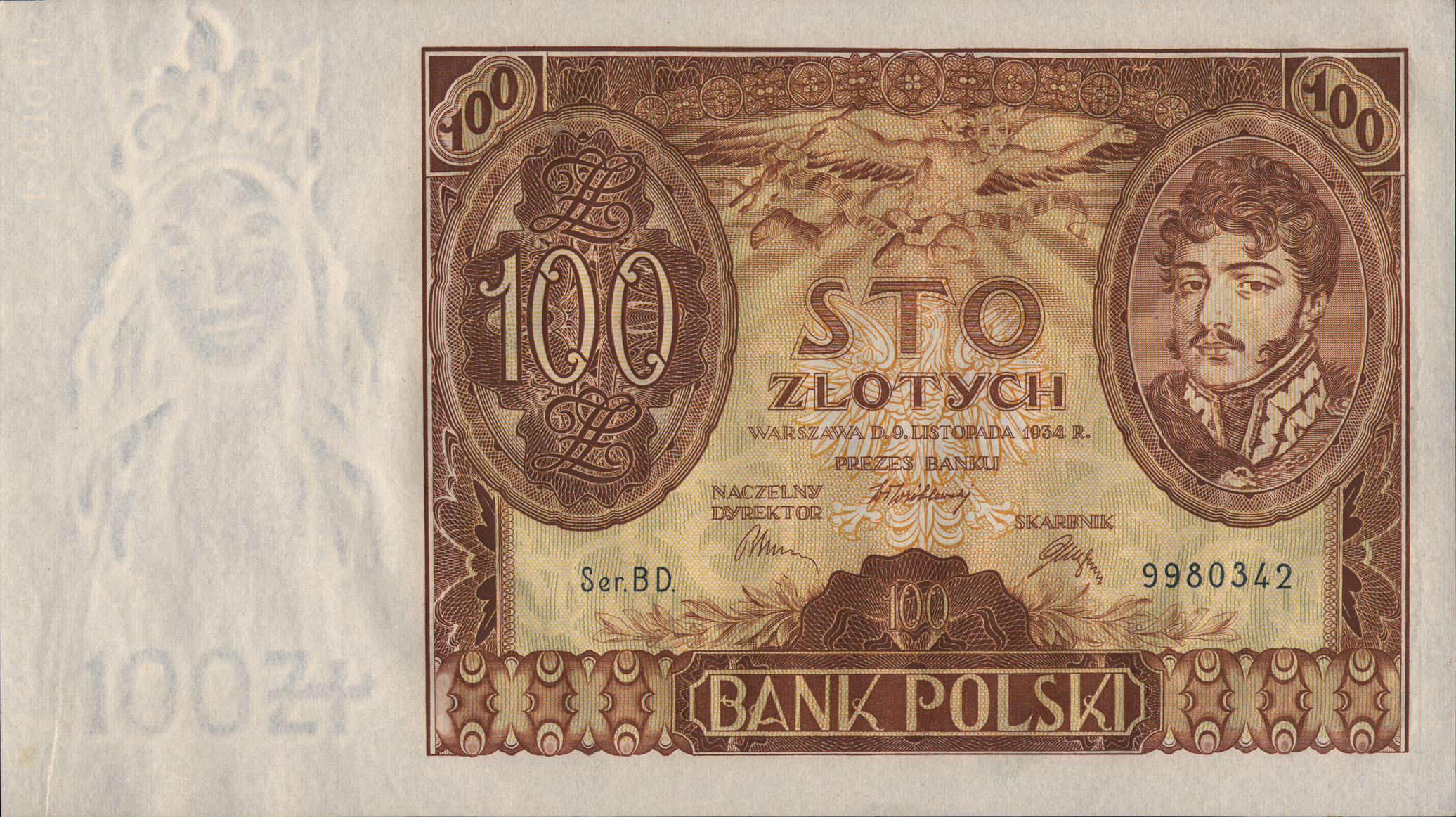For the new book by Katarzyna Kosior, Becoming a Queen in Early Modern Europe: East and West the author carefully studied ceremonial and quasi-ceremonial events (she does not specify, however, what she understands by the term “ceremonial”) in the lives of women who are to become queens in 16th-century France and Poland. The ways in which a woman was becoming a queen are presented in a comparative way. And by comparing France, recognized as the quintessence of a Western kingdom, with Poland, the author aims to inquire into differences between West and East, and show that in fact the Jagiellonian monarchy in the latter was an integral part of early modern Europe.
by Agnieszka Januszek-Sieradzka
The juxtaposition in this approach of France and Poland was dictated primarily by the fact that during the 16th century, the two monarchies went in opposite political directions. The author attempts to interpret stages that follow one another in becoming a queen in the context of political differences as well as other roles and positions of the nobility, yet Kosior has focused almost exclusively on Polish relations. The narrative is definitely Polish-centric, with French examples, usually subjected to rather superficial, selective analysis, of secondary importance.

East and West, Palgrave McMillan 2019
In subsequent chapters, Kosior accompanies the wives of Polish and French kings from the moment of having contracted a marriage per procura, setting off to journey to and be welcomed in the country of their husband (Ch. II), through coronation (Ch. III), political culture and “queenly rhetoric”, understood as social reaction to the marriage of the monarch, then to childbirth and motherhood, as well as “political motherhood” – not so assimilated by Polish historiography – which is defined as the set of a queen’s actions taken in order to use motherhood to build her own position and political strength.
The structure of the work is consistent and logical, resulting from the sequence of events on the road to becoming a queen. However, the methodology of the research is not divulged to the reader. Kosior admittedly refers to the “American ceremonial school” (Edward Muir, David Kertzer) and the inspiration of French scholar Fanny Cosandey, but her analysis holds no direct reference to works of these researchers. The author ignored German and Austrian studies, which is difficult to understand, if only because two wives of King Sigismund II Augustus in Poland and two wives of kings from the Valois family, Charles IX of France and Francis I of France, were both from the Habsburg family, and German literature has quite a great deal to say here. Methodological issues are also important because the author chooses examples quite freely, presenting specific Polish and French queens in each chapter but not giving her reasons.
However, this is not the greatest misunderstanding. The book is published in the “Queenship and Power” series, dedicated to research in the field of gender studies, which determines the nature of the presentation, focused on showing the place and role of women in a world dominated by men and she therefore places the queen in the centre of her study. It is not good, though, to separate these queens from the reality they lived in. It seems that Kosior isolated the French and Polish queens from at least two important elements of that reality.
It seems surprising that the court of a queen is actually missing from the book, which was the natural environments of each of their lives, and often differed substantially from the one from which she had come. After arriving in her husband’s country, a queen did not live in limbo but among people at court, in interaction and mutual influence. More importantly, the author seems almost not to acknowledge the common Christian root of what can be described as “kingship” and “queenship”, and the impact of culture rooted in Christianity on the ceremonial sphere of this “royalty”. The author uses the term European (pan-European) royal culture, a concept foreign to Polish historiography, only connecting it between the lines with Christian origins of European monarchies.
Perhaps the objections indicated here lose their significance when we recall Western European scientists considering early modern Poland, especially in the positive context of “trying to keep up with the European elite”. In her book’s introduction, the author aptly notes that the research models of European historiography are partial – due to the omission of some countries, including Poland – for they are built soely on examples from half of the continent. In the first chapter, the role and place of the Jagiellonian monarchy in 16th-century Europe is equally rightly recalled. And another correct point is made by the author: it is true that European historiography continues to marginalise Poland in early-modern European history, and only rare English-language publications are devoted to this stage in Polish history. All the more so, those devoted to Polish queens. The author set herself the task of remedying such disorders. And … she provide science, especially Polish science, a bald favour. Even three of them.
First, Kosior tries to prove that Poland belonged to the European community of kingdoms – she introduces this thesis at the very beginning – rather than simply showing it. It happens at times that the author prove this difficult-to-defend thesis, then ends with the conclusion that this different Poland belongs in the network of pan-European monarchies. At times, this is unacceptable misuse and abuse – for example, describing spectacular settings of a queen’s coronation, the author compares the Polish coronation of Bona Sforza in 1518 with the French coronation of Elizabeth of Austria in 1571, and observes the modesty of the Polish setting. This is hardly surprising, as we are talking about a difference of over 50 years! A comparison with the coronation of Catherine of Austria in 1553 would place Poland in a completely different position in this propostion, while a comparison with the coronation of Anne of Austria in 1592 would leave the French ceremonies at a loss. There are numerous other methodological abuses.
Second are numerous factual errors and interpretations that arise from ignorance concerning Poland, which include liturgy, political issues and the law. One may not agree with the author’s interpretations, as these are issues for discussion. However, it becomes difficult to discuss when one has to rely on false information, which the author then “re-interpreted”, such as an extensive interpretation of the wrong coronation date of Barbara Radziwiłł, Queen of Poland and Duchess of Lithuania, or kissing a paten, used to hold Eucharistic bread during a coronation mass, or baptismal rites or a marriage left unconsummated on the day of the wedding. The amount of mistakes casts a pall on interesting and fresh comparative remarks by the author, for example, on the monarch’s role in the coronation of his wife, the scale of a city’s involvement in coronation ceremonies, or the epithalamium, poems written specifically for the bride on the way to her marital chamber, which are characteristic of Polish culture.
However, Kosior’s approach to Polish scientific achievements is completely incomprehensible. In her work, Kosior limits Polish research to around the 1980s, and in many cases to the 19th century (Kosior draws knowledge on Barbara Radziwiłł from works coming from that century). The author does not refer to studies, partly written in English, of such reknowned Polish historians as Stanisław Kutrzeba, Urszula Borkowska, Karolina Targosz, Zbigniew Dalewski, Jan Pirożyński, Stanisław Cynarski and Grzegorz Pac (the presence of some of their publications in the bibliography does not help). Kosior refers to 19th-century editions of sources, while Polish science has recent scientific source editions, and she often cites archival sources in cases where they have been well known and present in the literature for decades. Although Kosior has the advantage of knowing the Polish language and the opportunity to present to Western European science the achievements of Polish historiography, decided instead to maintain that, in Polish research on the broadly understood Jagiellonian golden age, for at least 30 years nothing worth noting has happened. With this state defined as the starting point for Kosior’s research.
It is to our detriment and a real shame that such an interesting topic as the lives of Polish queens has been wasted. It is to the detriment of Polish researchers, as well. This is a pity, because to acknowledge the reality of our day, this book will be among the few ambassadors of the history of 16th-century Poland in West European historiography.
Author: Agnieszka Januszek-Sieradzka
Translation: Alicja Rose & Alan Lockwood





